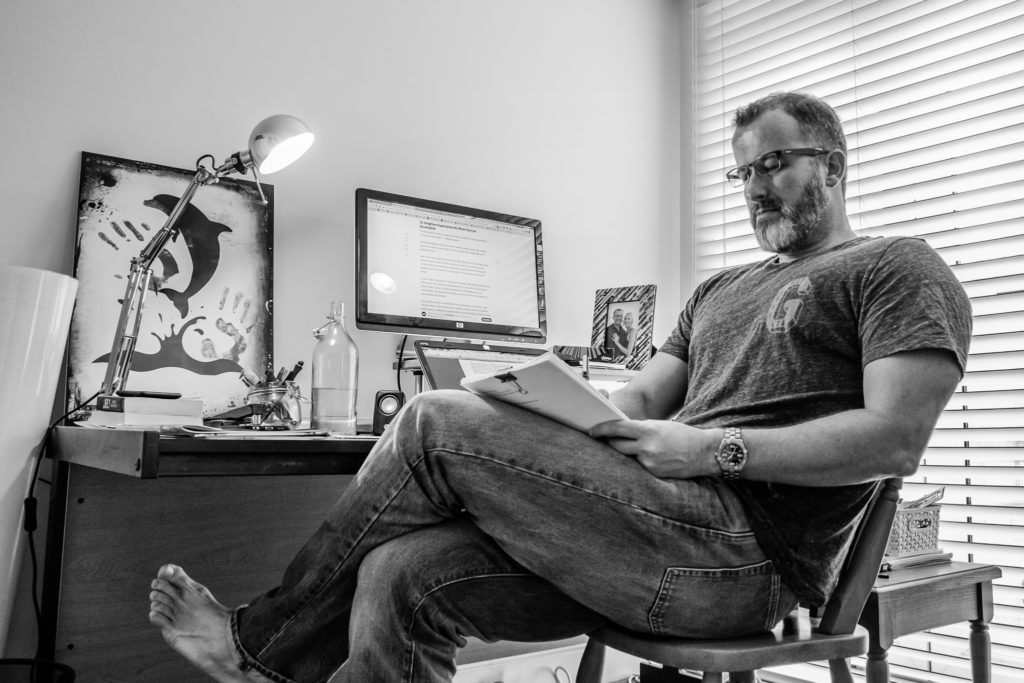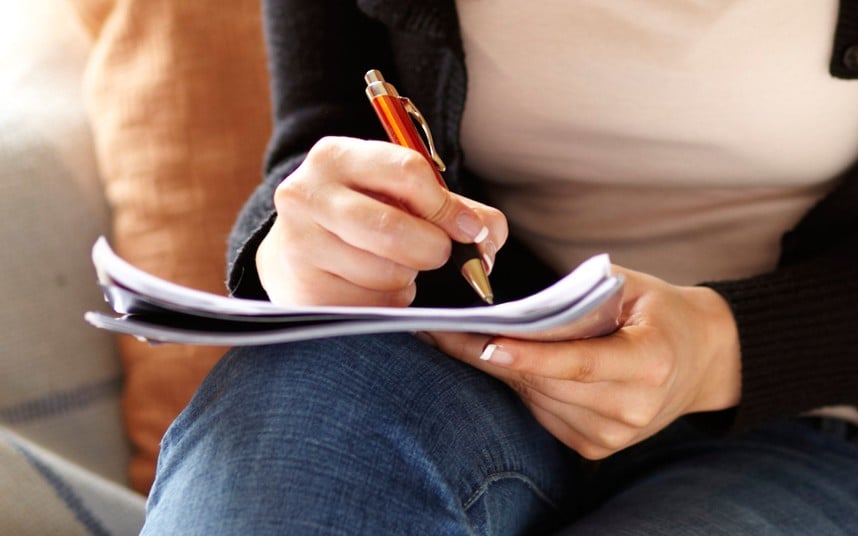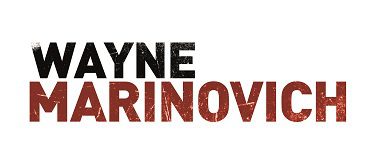Sitting down to write

Topics
- The First Draft
- Write the full synopsis of the draft.
- Revising and self-editing
“I’m writing a first draft and reminding myself that I’m simply shovelling sand into a box so that later I can build castles.” ― Shannon Hale
The First Draft
Sitting down to write is what it is all about. Excitement and fear will flow through you in equal measure as you start working on your first draft. All preparation, planning and outlining are complete, and now your imagination can take over again.
You have one goal here – To get to the end of your first draft as fast as possible. Write, Write and Write. Keep yourself immersed in the novel by regular writing. The more you sit down and write, the more creativity will flow. You have to spend time with your shoulder to the wheel to the point that your real world disappears and the creative muse presents herself. You have to pay your dues at the keyboard before she delivers what you seek.
Make time in your life to keep writing. Now is not the time to backtrack to edit or rework. You need to get the first draft done, so keep going all the way to, The End.
It’s tempting and very easy to look back at a few chapters, to re-read what you’ve produced. Don’t. Keep writing. So many of the great writers we all admire do this. They keep ploughing forward knowing that there’s probably a lot of rubbish in it. Those things get corrected in your first rework. Your first draft is not called the “vomit draft” without good reason.
Make notes as you go if you must. I have a separate edit sheet near me where I write up changes. They could be plot alterations, musings, research items or simply flashes of new ideas. Because I dovetail my work, I sometimes get ideas about other books that I’m working on. Write them on the edit sheet anyway.

Write the full synopsis of the draft.
Once your draft is complete, it’s time to shelve it for a few weeks/months. Like sorbet that’s enjoyed between servings of a three-course meal, you need time between edits to refresh your mind. But before you park the manuscript, I recommend writing a two or three-page synopsis of what happens in the book.
The synopsis helps me in two ways.
- The synopsis makes me go back and think about the whole plot and storyline again but in a wider context. I might get a few ideas that I can change or new ideas that I have noted down on the edit sheet. Stepping back from the detail in each page or chapter allows you to have a holistic view of the novel.
- If the plot looks okay, I might start chatting to my cover designer about the covers. Yes, it is early in the process, but you’ve just written a full novel or novella. You’ll know whether it’s workable or not. I only give the go-ahead to the designer to start once my editor has performed their magic on the manuscript. Note: With the Kyle Gibbs Series, I did get my designer to do the last cover well before the editor had seen my writing. I was going to complete the series no matter what so most plot changes and writing suggestions from the editor would have been implemented.
Revising and self-editing
“There is no great writing, only great rewriting.” – Justice Louis Brandeis
Self-editing
Before I start editing, I re-read my accumulated musings from my notebook and edit-sheet. I read them over and over again for about a week before I get down to “rewrite”. I also have an editing cheat-sheet that is made up of notes from great books about editing. Books like The 38 most common fiction mistakes by Jack M Bickham, or On Writing by Stephen King, or The Successful Novelist by David Morrell. These various sets of notes refresh my editing mindset as I prepared to kick the creative brain up a notch.
Starting on your first edit is where you begin earning your title as an author. Having to switch between writing and editing is the toughest part of the writing apprenticeship we’re on.
Once I’ve read all the notes, I print out the novel on single side A4 (letter) pages, grab my red pen, and start.
Character POV
Because I write in the Third Person Omniscient, I flick through each chapter and scene and write the name of the character POV (point of view) I’ll be writing in. It helps get me into the character mindset so to speak.
In the early days, I used to tally up all the POVs to make sure that my protagonist and antagonist had the majority of the perspectives across the scenes and chapters. Nowadays, I get a good feel for that through the rough outline phase before I start writing.
I also keep my character CV handy because this helps with characterisation checks, be they dialogue or physical attributes. You don’t want your main characters behaving or doing something out of character. This is particularly important if you are working on a series.

Getting down to it
“The first draft of anything is shit” – Ernest Hemingway
As an author, photographer and artist, I love that quote. Your first draft is for you, and all the subsequent drafts are for your readers. It’s the reason that we do this writing thing.
I edit in scene and chapter breakdowns. To do this, I read through the entire scene or chapter. Then I analyse whether it has a hook start and cliff-edge end. I try to rewrite these first because these are purely for the reader, then I work on the middle.
At this point, I check dialogue, conflict and characterisation to make sure the middle section is strong. I won’t go into more technical details about editing here because there are great books written on the subject by other authors. More than any other topic I think.
List of must-read books
KM Wieland – Character Arcs, Structuring your novel
James Scott Bell – Revision + self-editing for publication
Shaun Coyne – The Story Grid
Robert Mckee – Story
Chuck Wendig – The Kick-ass writer
Further Reading
Re-read the fifth page in the Writing Tip series – Part 5 – Characters
Or, move onto the seventh page – Part 7 – Getting help with your manuscript
Please click on the button below if you want to receive my newsletter with tips, book release updates and FREE sign-up gifts









